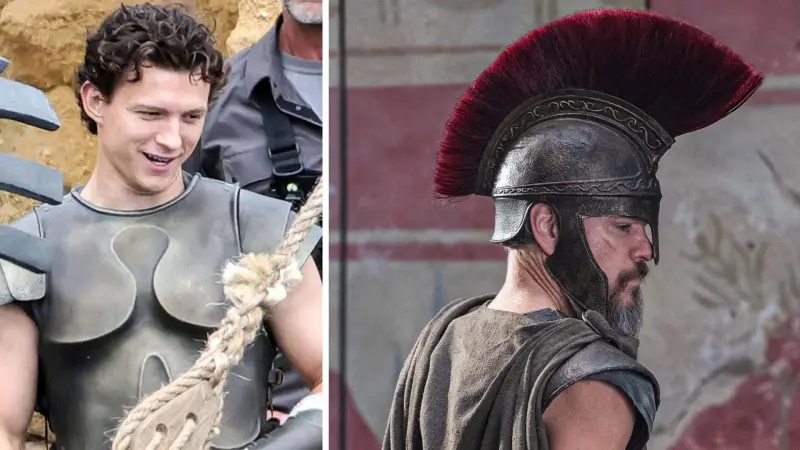Abstract
Warfare played a crucial role in the history of Ancient Egypt, influencing its political stability, technological advancements, and expansionist policies. The Egyptian military evolved over millennia, adapting to new threats and incorporating advanced weaponry and tactics. This article explores the key aspects of ancient Egyptian warfare, including military organization, battle strategies, and the impact of war on society and governance.
Introduction
Ancient Egyptian warfare was shaped by the unique geography of the Nile Valley and the need to defend against foreign invasions while expanding territorial influence. Egyptian military forces consisted of well-trained infantry, powerful chariots, and an efficient command structure. Understanding Egyptian military practices provides insight into the broader development of warfare in the ancient world.
Military Organization and Training
Egyptian armies were composed of professional soldiers, conscripts, and mercenaries. Pharaohs maintained standing armies that played a dual role in both defense and expansion. Military training was rigorous, emphasizing discipline, weapon proficiency, and chariot warfare.
Infantry: Egyptian foot soldiers wielded a variety of weapons, including bows, spears, and sickle-shaped swords known as khopesh.
Chariot Corps: The Egyptian chariot, a lightweight and highly maneuverable vehicle, was a crucial component of military strategy, often used for speed and mobility in battle.
Mercenaries: As Egypt expanded its influence, foreign mercenaries from Nubia, Libya, and the Levant became integral parts of the Egyptian military.
Major Battles and Strategies
Egyptian military history includes significant battles that shaped the nation's power and influence.
The Battle of Megiddo (c. 1457 BCE): Led by Pharaoh Thutmose III, this battle marked one of the earliest recorded military engagements, demonstrating Egyptian tactical ingenuity.
The Battle of Kadesh (1274 BCE): A confrontation between Pharaoh Ramesses II and the Hittites, showcasing the use of chariots and complex military formations.
The Nubian and Libyan Campaigns: Military expeditions to secure Egypt’s borders and maintain control over vital trade routes.
Fortifications and Defensive Strategies
Egyptian warfare was not solely offensive; defensive fortifications played a significant role in protecting the kingdom.
City Fortifications: Massive walls surrounded key cities to deter invasions.
Frontier Forts: Outposts along the Nile and in the Sinai Peninsula provided early warning systems against enemy incursions.
Naval Power: Control of the Nile was essential for troop movements and logistics, enhancing Egypt’s military capabilities.
The Role of Pharaohs in Warfare
Pharaohs were often depicted as warrior-kings, leading their armies into battle. Military victories were instrumental in legitimizing their rule and reinforcing divine authority. Figures such as Ramesses II, Thutmose III, and Ahmose I exemplified military leadership through their successful campaigns.
The Impact of Warfare on Egyptian Society
Warfare influenced all aspects of Egyptian life, from governance to cultural expressions:
Political Stability: Military successes reinforced the power of the pharaohs and ensured the continuity of dynasties.
Economic Growth: Conquests brought wealth, slaves, and resources, fueling Egypt’s prosperity.
Religious and Artistic Depictions: Battles were immortalized in temple reliefs, monuments, and hieroglyphic records, glorifying Egyptian military might.
Conclusion
Ancient Egyptian warfare was instrumental in shaping the civilization’s political and territorial evolution. The combination of well-organized military forces, advanced strategies, and the leadership of warrior-pharaohs ensured Egypt’s dominance for centuries. Studying Egyptian military history provides valuable insights into the broader development of ancient warfare.







